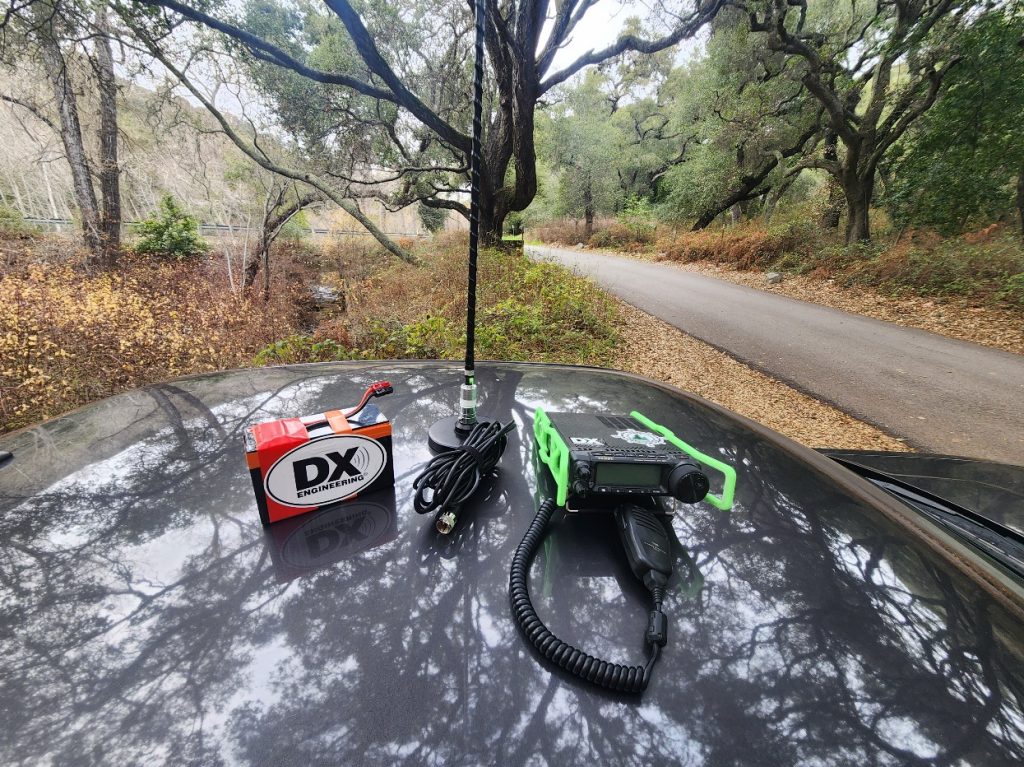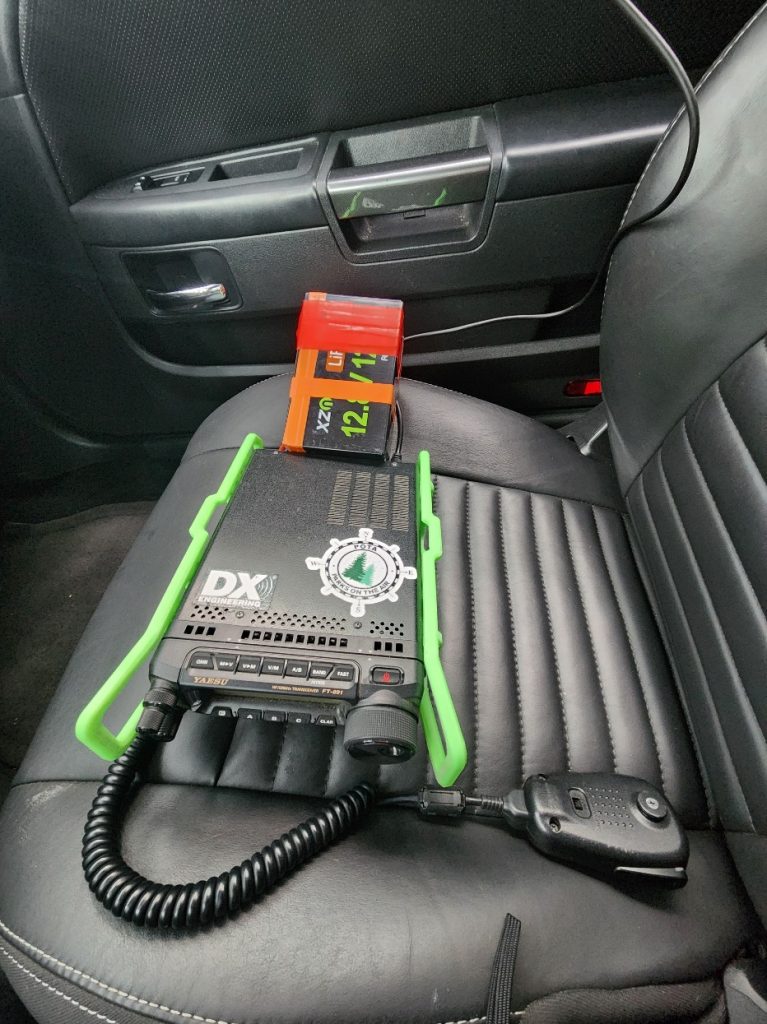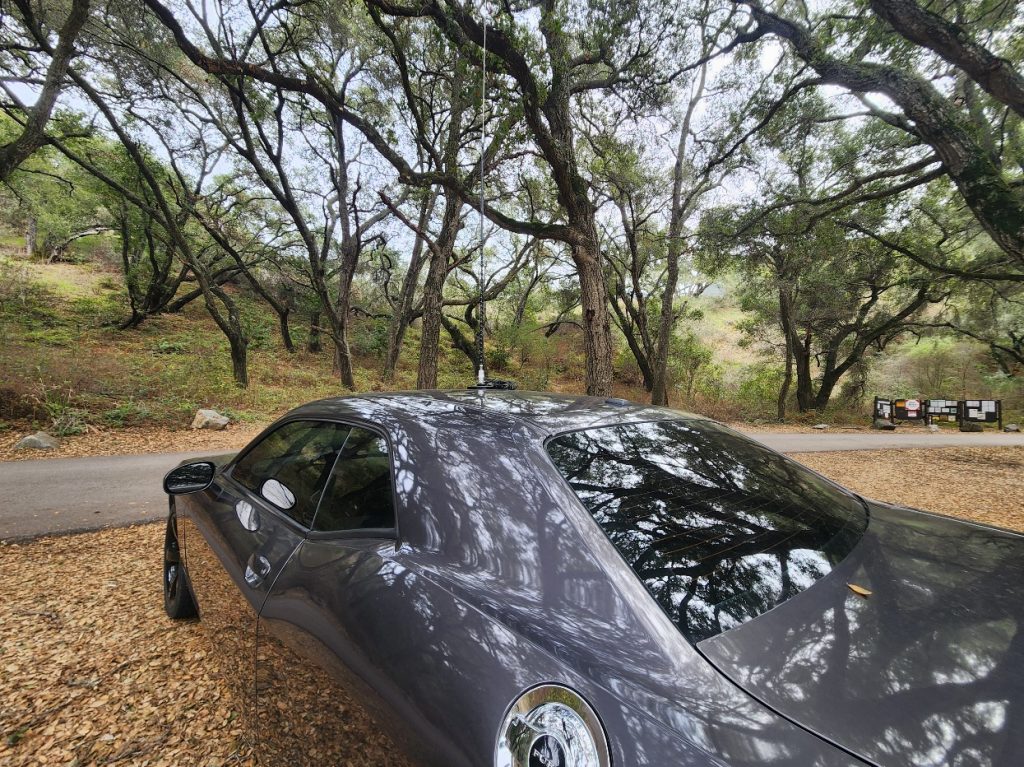If POTA (Parks on the Air®) or SOTA (Summits on the Air) is something you’ve been curious about, I would like to show you how simple it is to successfully activate a park for POTA or a summit for SOTA.
It was SOTA that first piqued my interest. I love amateur radio, and according to my doctor, I needed some exercise. So I thought, what better way to get some exercise and have fun with my hobby at the same time? As I started researching, watching YouTube videos, and reading social media posts in POTA and SOTA groups, I initially thought I needed a lot of gear. The videos showed hams using analyzers, antenna masts, large batteries, fancy backpacks, computers, and more.
I finally took the dive and started experimenting. After almost 200 successful activations between POTA and SOTA, I’ve learned that you can have a successful activation with a minimal amount of gear or bring an excess of equipment. Of course, having additional gear can make things easier and allow for longer activations with more battery power.
Recently, I sat down and made a list for a minimal activation. Here’s what I used:
- Radio: Yaesu FT-891
- Battery: 12Ah LiFePO4
- Antenna: A five-inch mag mount with a 3/8″-24 connector and an MFJ 20-meter Ham Stick


I drove my son’s Challenger because my SUV has a glass sunroof, making it difficult to tune due to the small metal surface area on the roof. Plus, the hood isn’t steel, so the mag mount won’t stick.

Before heading to my POTA location, I pre-tuned the antenna at home using an antenna analyzer. This isn’t a must, just a convenient tool. Before I had an analyzer, I tuned by ear and then used the radio to fine-tune for the lowest SWR. Tuning by ear involves adjusting the whip for the loudest volume output when it’s tuned to your desired frequency.
For logging, I used my cell phone and an app called POLO by Ham2k, which is free. I prefer HAMRS, but that app requires a purchase. HAMRS can also be installed on a laptop, but POLO cannot be installed on a Windows PC.
That said, you can always use just a pen and paper. When I first started POTA and SOTA, I used a small notebook. However, as I got better at activations and made more QSOs, manually logging them became too much of a hassle. It would take me over an hour to type in hundreds of QSOs for upload. Switching to a digital logger made a world of difference.
I have actually done two minimal activations with this setup. The first time, I got on the air and made my 10 QSOs in just six minutes. The second time, it took over an hour due to poor band conditions. The 12Ah battery provided enough juice to run 100 watts, which is the smallest battery I’ve used at that power level. In two separate activations, I ran the 12Ah battery until it died. Both times it lasted two hours and 45 minutes of heavy operation, so you can operate for quite a while at 100 watts with a battery of that size.
This isn’t the only way to do a minimal activation. I recommend experimenting at home with what you have. Try setting up something portable in your yard. I’ve done other simple activations, such as using a homemade dipole. I tossed it about 15 feet up in a tree, ran the wires to other nearby trees, and successfully activated. This setup only requires four items: radio, battery, coax, and dipole.
If you’re just trying to see if you like POTA or SOTA, start simple and build from there. These days, for a typical activation, I bring two plastic totes full of supplies, a large 100Ah battery box, multiple masts, a portable table, chairs, and more. The back of my SUV is packed to the roof. I don’t use 90% of the gear at a time, but I like having options. When going somewhere new, you never know what you’ll encounter, so it’s best to be prepared.
Now that I’ve discussed this setup for HF, there’s an even more minimal way to activate—especially if you’re a Technician class. I’ve only done this once because I love HF and hunting DX, but I successfully completed a POTA activation using just a handheld VHF/UHF radio. I used my Icom ID-52A, but any handheld will work.
There is a radio tower site in California’s Los Padres National Forest, about 10 miles from my house off the Cuesta Grade on Highway 101 southbound. You can set up in the National Forest near the tower site, which overlooks all of San Luis Obispo County. My plan was to drum up some operators on local repeaters and have them switch to simplex. However, this wasn’t even necessary. I called CQ POTA on 146.520, and a few stations immediately came back to me. My original plan was to switch to another frequency, but the calls came quickly. After about five or six minutes, I was already halfway to activating.
I then announced that I was moving to UHF, and nearly everyone I had worked on VHF switched over and worked me again for a second band. I ended up with about a dozen QSOs. For SOTA, you only need four QSOs to count as a successful activation, and I know quite a few operators who only activate using their handhelds.
It’s a lot easier to hike up to a summit with just an HT rather than a backpack full of gear, especially if you don’t have a pack mule. I’m lucky enough to have one: my 17-year-old son, Colby. Most summits have line-of-sight to a valley and repeaters, allowing you to grab the attention of other operators and work simplex. I’ve worked many operators who had never heard of SOTA before, and some even started activating summits themselves after our QSOs.
So, if you’re interested in POTA or SOTA, try a minimal activation first to see if it’s for you. If you enjoy it, you can start building a wish list and adding to your collection.
Good luck and 73 de W6OBB!

